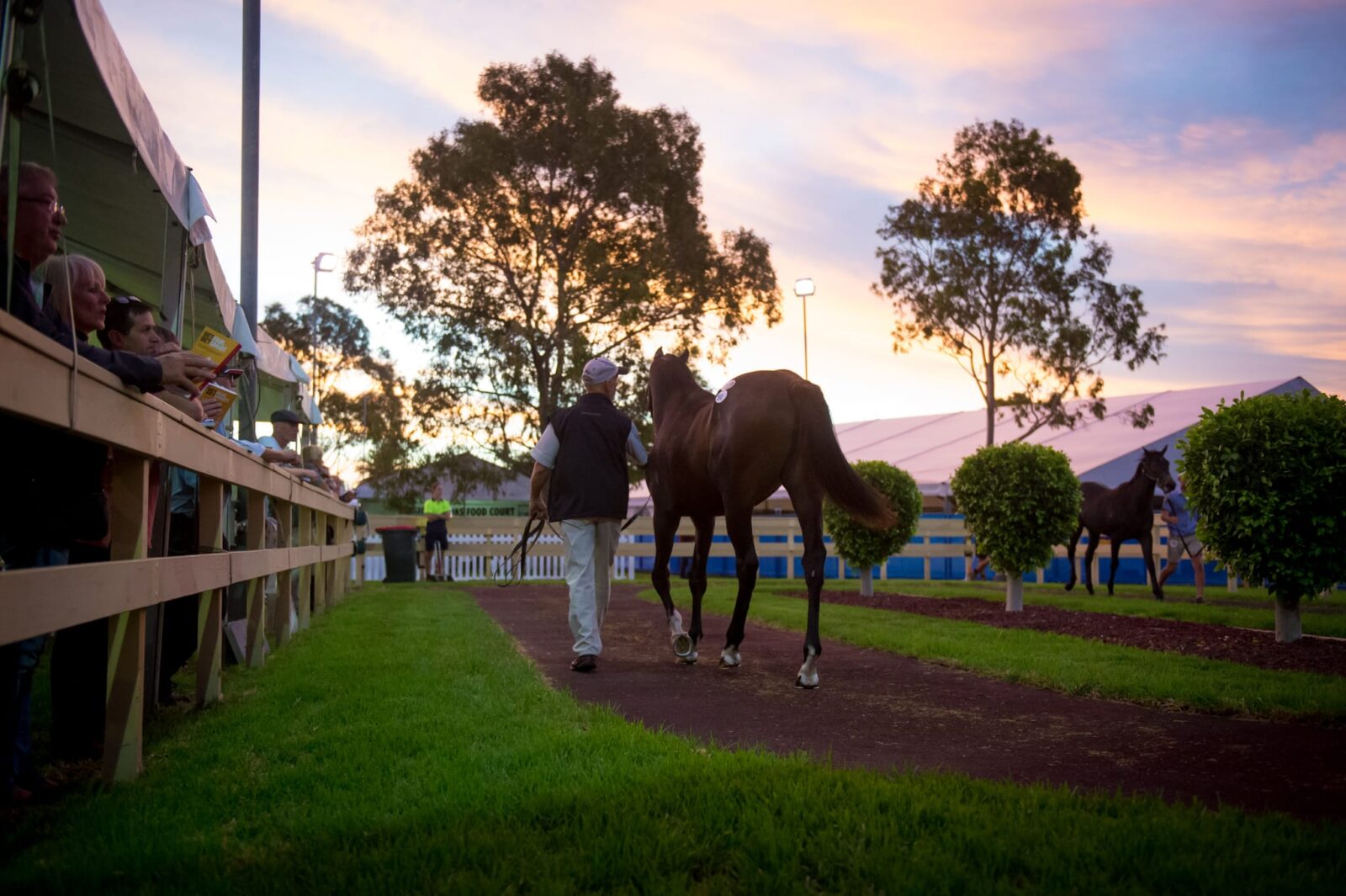James hooks a future in fisheries with FRDC sponsorship
 THOROUGHBRED HORSES / Thursday, 7 December 2023
THOROUGHBRED HORSES / Thursday, 7 December 2023
New research into the impact of radiographic lesions to help the thoroughbred industry

New research focused on Australian thoroughbreds is now available to help understand the impact of a range of lesions on a yearling’s potential racing performance.
The Investigation of what radiographic lesions in thoroughbred yearlings are significant in limiting future racing performance project was delivered by AgriFutures Australia in conjunction with The University of Queensland and has significant implications across the industry.
Researchers investigated a range of lesions (an abnormality or an area of damage, change, or disease) in over 8,600 radiographic (x-ray) reports – the biggest study of its kind carried out in Australia.
AgriFutures Australia Manager, Levied Industries – Thoroughbred Horses Program, Annelies McGaw, said the research aimed to provide improved clarity about the potential impact of these lesions on future athletic performance of thoroughbred yearlings.
“Better understanding of how lesions impact the performance of a thoroughbred horse has been an important goal for industry and this research has shown a clear correlation between certain types of lesions and their future athletic performance,” Ms McGaw said.
“On the flip side, the research also revealed many lesions had no impact on performance”.
“Thanks to this research, buyers can now be more confident in understanding what risks are associated with the horse that they are purchasing.
“We now have the evidence and a significant dataset which will be invaluable for buyers making purchasing decisions as well as the agents and sellers involved in a yearling sale”.
“The outcomes will also boost veterinarians’ confidence in reviewing pre-sale radiographs and providing advice that could lead to early intervention and improved management for a range of skeletal conditions in yearlings now understood to impact a thoroughbred’s racing performance and career.
As Ms McGaw explained, investing levies in cutting edge research is crucial for the ongoing prosperity of the Australian thoroughbred industry, delivering both performance and welfare outcomes.
“The research showed that in many cases, early detection, management and treatment of horses with specific types of lesions could minimise the negative impacts on future performance and boost long-term welfare,” Ms McGaw said.
Project lead from The University of Queensland, Professor Ben Ahern, said the research was broken down into two clear areas of study, at a scale not seen before.
“As part of the first study, three specialist equine surgeons reviewed 30 radiographic series for the presence of lesions and graded them as low, moderate or high, based on their likelihood of limiting future racing performance,” Professor Ahern said.
“The second study comprised of thoroughbred yearlings radiographed between 2014 and 2018.
“More than 8,600 radiographic reports from yearlings presented for sale were collected and analysed, and yearlings with lesions were compared against yearlings completely free of lesions with robust statistical analysis performed, to determine whether there were differences between the career performances of these yearlings.
“The data presented in this research is a starting point to enable veterinarians to be aware of what lesions occur and more confidently attribute a risk rating for yearlings presented for sale in Australia.
“Improved clarity about what radiographic lesions likely mean for the athletic career of a yearling will improve buyer confidence.”
“For yearlings, greater awareness of which lesions will likely cause a problem during training should allow for altered training regimes and early intervention with targeted management and treatment.
“Importantly, this will lead to improved welfare outcomes through reducing the incidence of lameness, and should result in longer, more resilient racing careers.”
Ms McGaw said the research has generated a substantial amount of data that can now be analysed in more detail.
“Communication of this data to buyers, veterinarians and other stakeholders in the industry will be important to maximise the benefit of this research,” Ms McGaw said.
For more information and to read the full report visit here and listen to the radiographic lesions podcast here.
Media Assets
Latest News
-
James hooks a future in fisheries with FRDC sponsorship WORKFORCE AND LEADERSHIP / 07.12.23
WORKFORCE AND LEADERSHIP / 07.12.23 -
How the Nuffield Scholarship shaped one 2022 scholar’s Seaweed research WORKFORCE AND LEADERSHIP / 07.12.23
WORKFORCE AND LEADERSHIP / 07.12.23 -
Meet the National Finalists for the 2025 AgriFutures Rural Women's Award WORKFORCE AND LEADERSHIP / 07.12.23
WORKFORCE AND LEADERSHIP / 07.12.23 -
Exploring global insights to strengthen Australia’s ginger industry GINGER / 07.12.23
GINGER / 07.12.23







 Media Assets
Media Assets